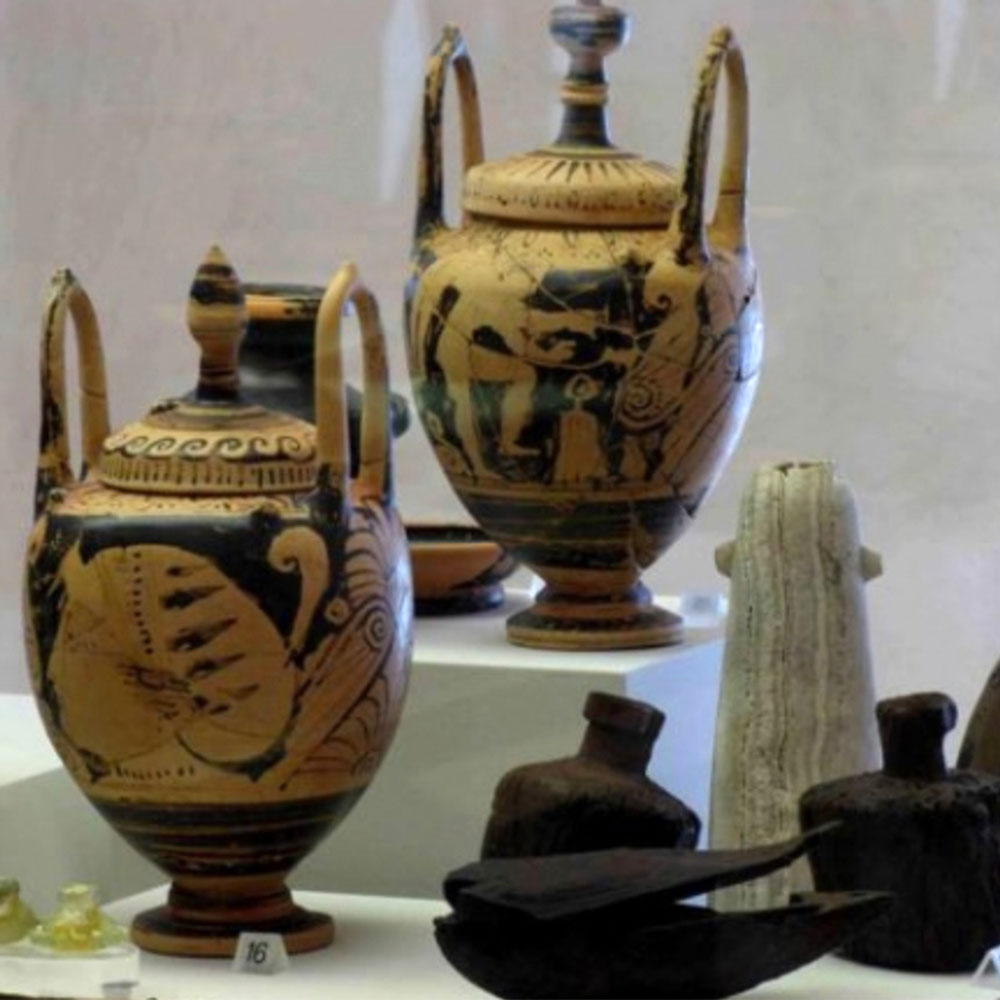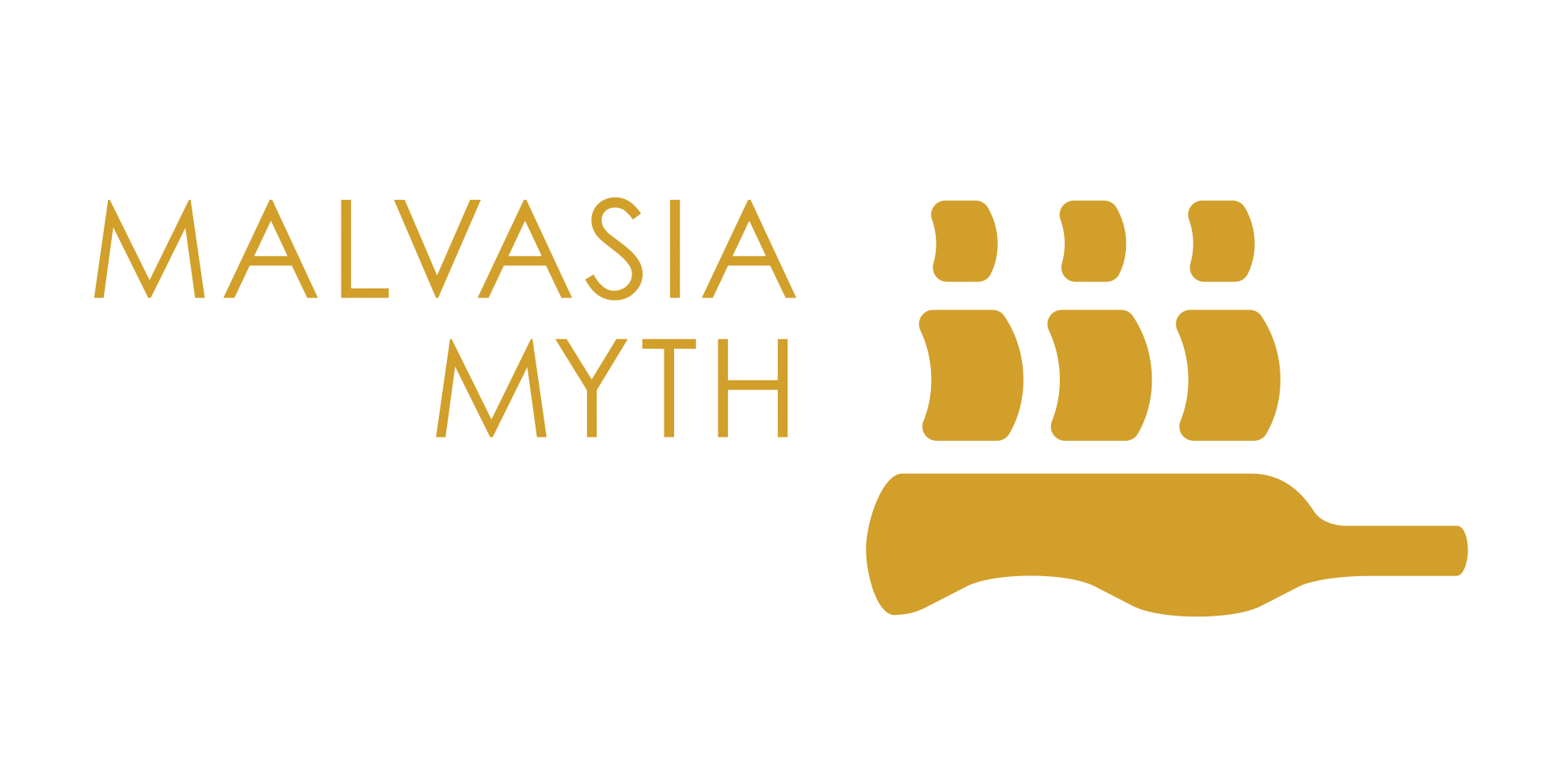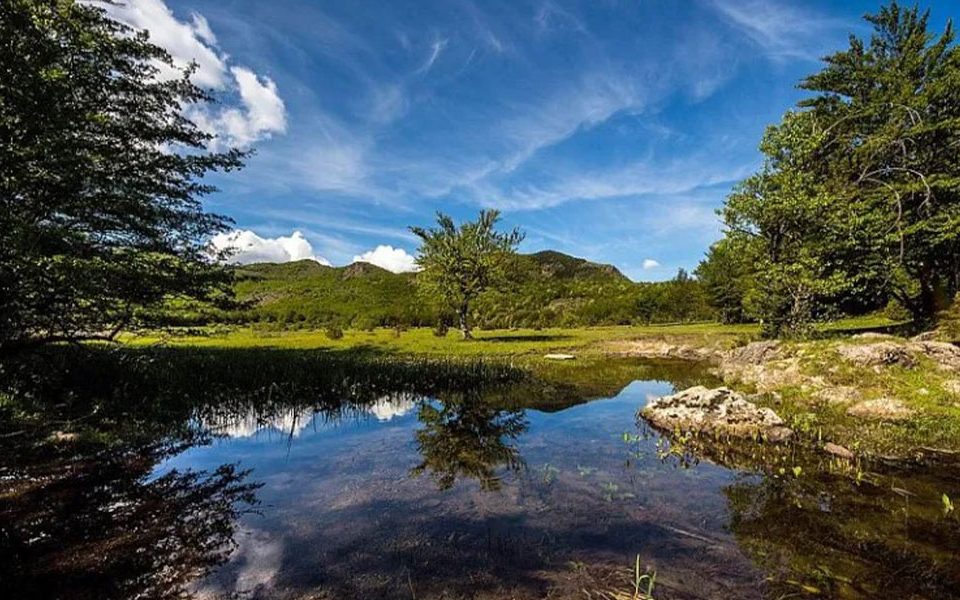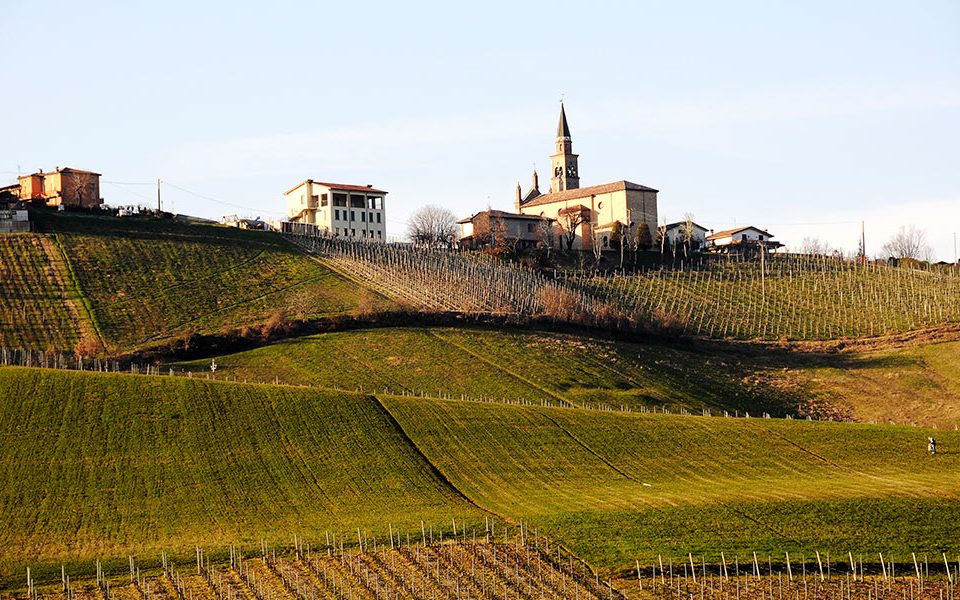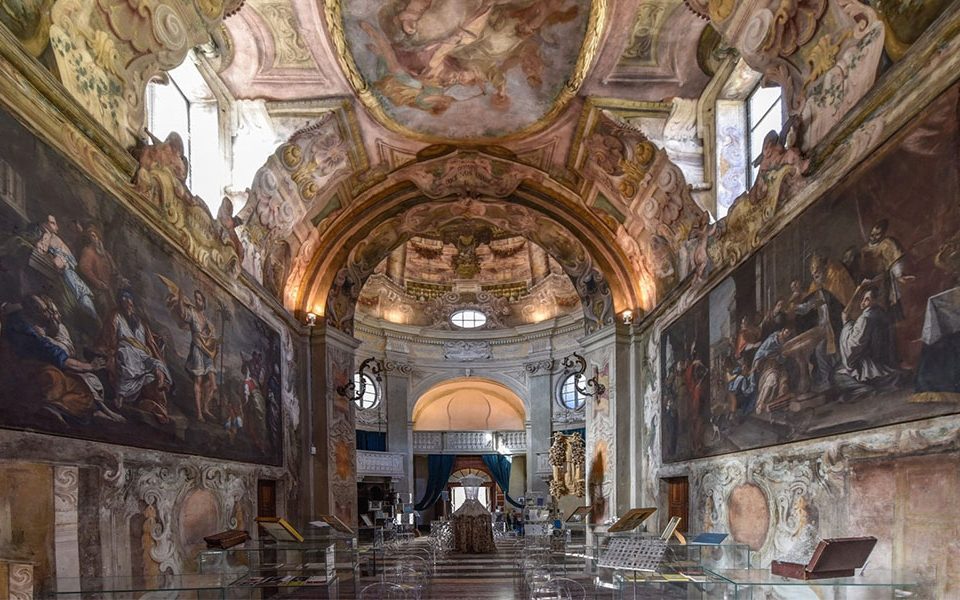Parma
Welcome to city of Parma!
Parma, Italy
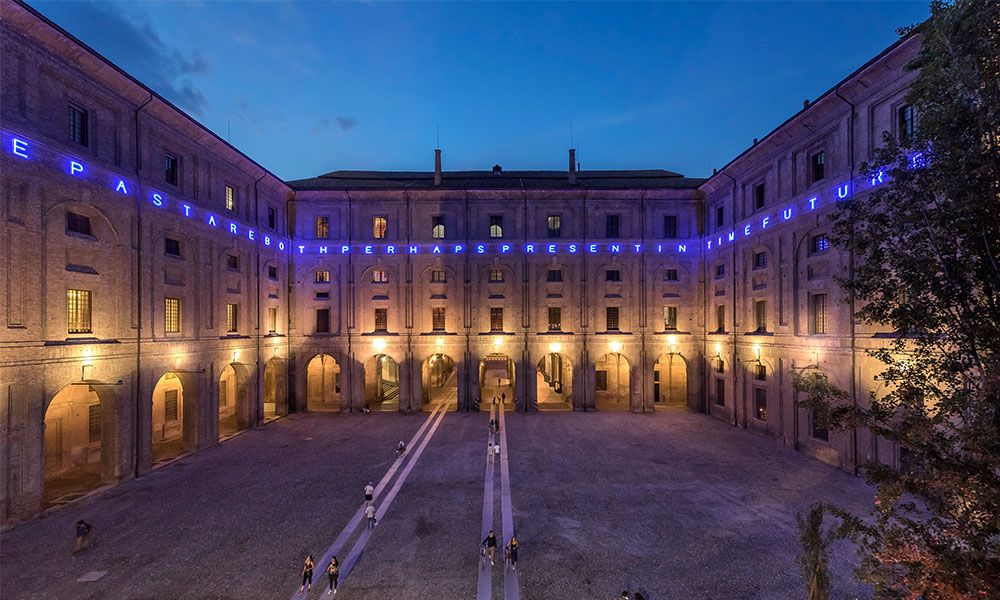
Malvasia in the territory of Parma
Along the roads that cross the territories delimited by the DOC "Colli di Parma”, three different itineraries are brought to the attention of the curious traveler wishing to discover the Malvasia of Parma. The territories of the first hills that extend between the borders with the province of Reggio Emilia up to the province of Piacenza, are the ones most suited to the cultivation of the Malvasia of Candia Aromatica vine.
Travelers will find themselves immersed in the wine-growing world of our province, not only experiencing food and wine, but also naturalistic and cultural venues.
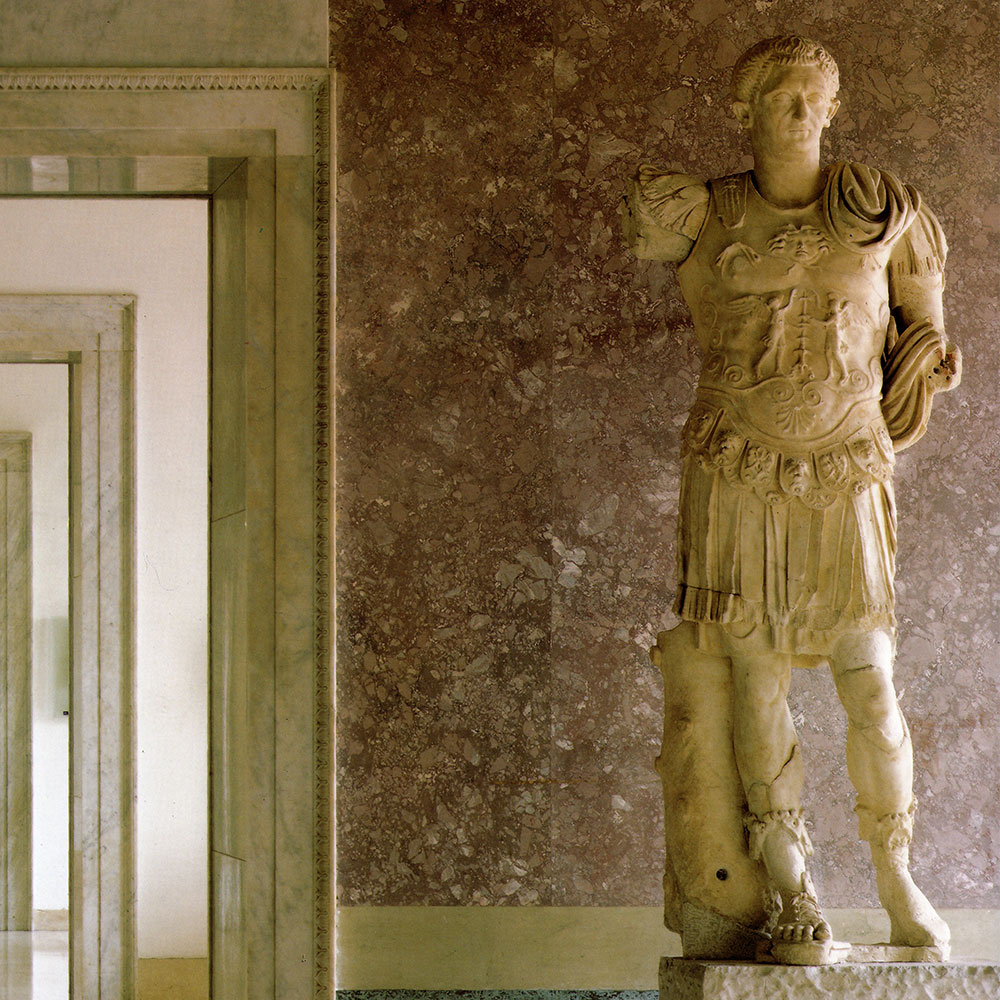
NationalArchaeological Museum
The city has its origins in the most ancient Neolithic period. However, the artifacts found in the Terramare digs that have reached our time are from the Bronze Age, and testify the presence of human settlements both in the place where the current capital stands and throughout our province.
The Etruscans were important with regard to cultivation of vines, and brought vines and cultivation techniques from Enotria, such as the "Padana planting", which have come down and are in use to our present day. Later, the Romans who founded Parma in 187 BC. brought the number of inhabitants of the city to reach 5000 units by connecting it to the main cities of the plains through the Via Emilia (189-187 BC) and, over the Apennine Mountains, with the port of Luni (177 BC). The production and trade of wine was one of the most important economic activities for that time, so much so that they built furnaces on the slopes of the hills for the production of amphorae for the transportation of wine.
Archaeological finds from these historical periods are preserved and exhibited at the National Archaeological Museum at the monumental complex of Pilotta.
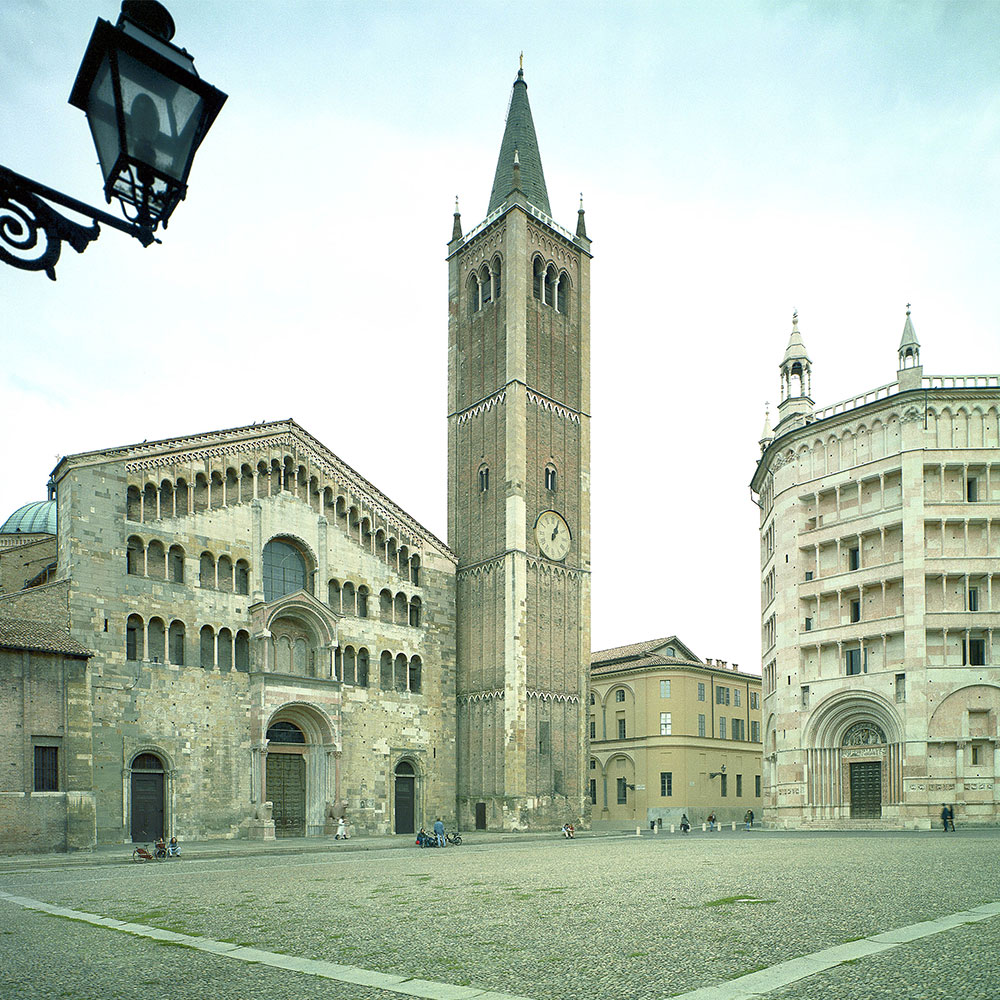
Piazza Duomo
However, one must go to Piazza Duomo (cathedral square) to have tangible evidence of trine cultivation in the medieval period. The construction of the Cathedral and the Baptistery date back to the Middle Ages(https://www.piazzaduomoparma.com/).
Inside the Baptistery there is a "calendar" made up of life-size three-dimensional sculptures that the author, Benedetto Antelami (1150-1230) created by sculpting the image relating to the activity that engaged people most in that particular month of the year. Three months are dedicated to viticulture: August with the preparation of the barrels, September with the harvest and December with the pruning of the vines.
In the Cathedral, in a capital of the central nave, we find a bas-relief depicting the work of tending the vine.
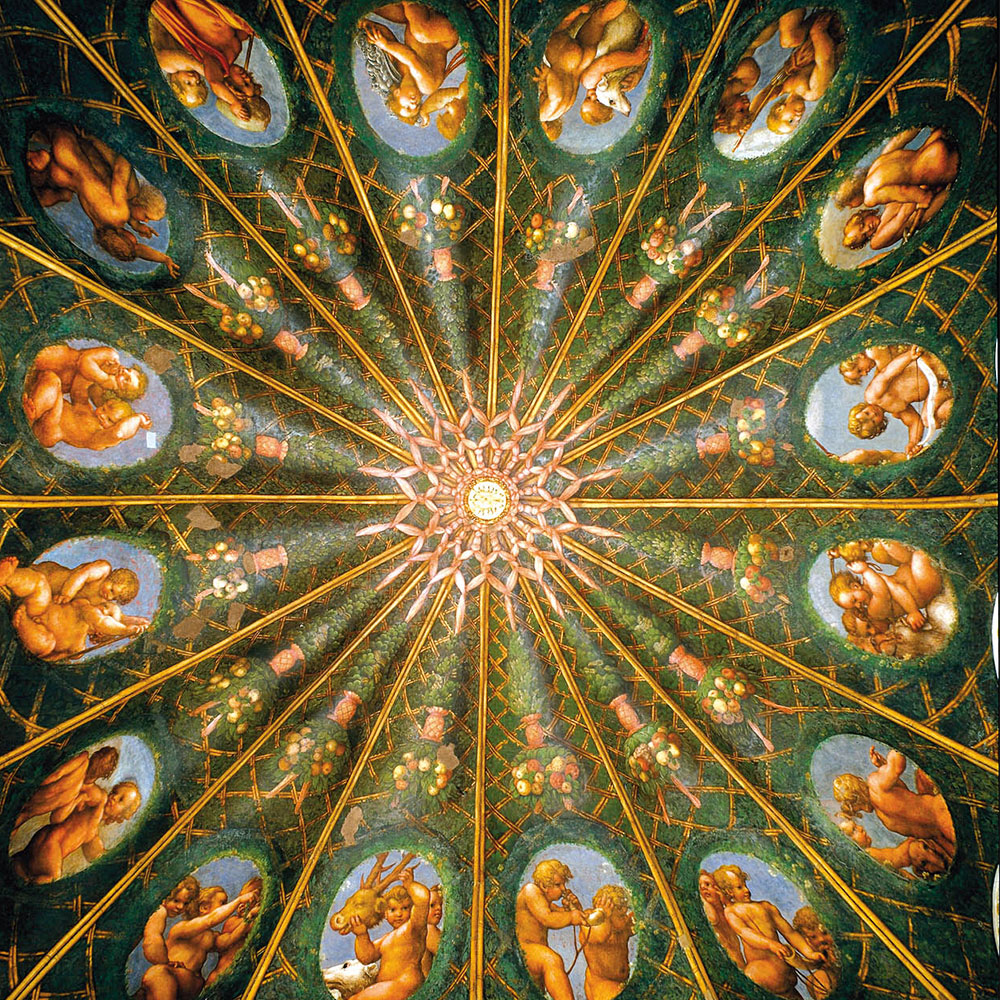
“Camera di San Paolo” (Saint Paul’s Chambers)
The location known as “Camera di San Paolo” (Saint Paul’s Chambers) in Via Melloni 3 is worth a visit.
These are the rooms of the apartment of the Abbess Giovanna from Piacenza (1479-1524), inside the ancient monastery of Benedictine nuns, frescoed by Correggio (1489-1534).
The fresco on the ceiling represents a large cradle with plants intertwining, while an array of jugs and cups at the base of the vaults shows us an extraordinary collection of table furnishings in use in the Po Valley during the Renaissance.
For information on opening hours or guided tours it is advisable to contact the Tourist Information and Reception Office of the Municipality of Parma in Piazza Garibaldi 1 (https://www.parmawelcome.it/).
